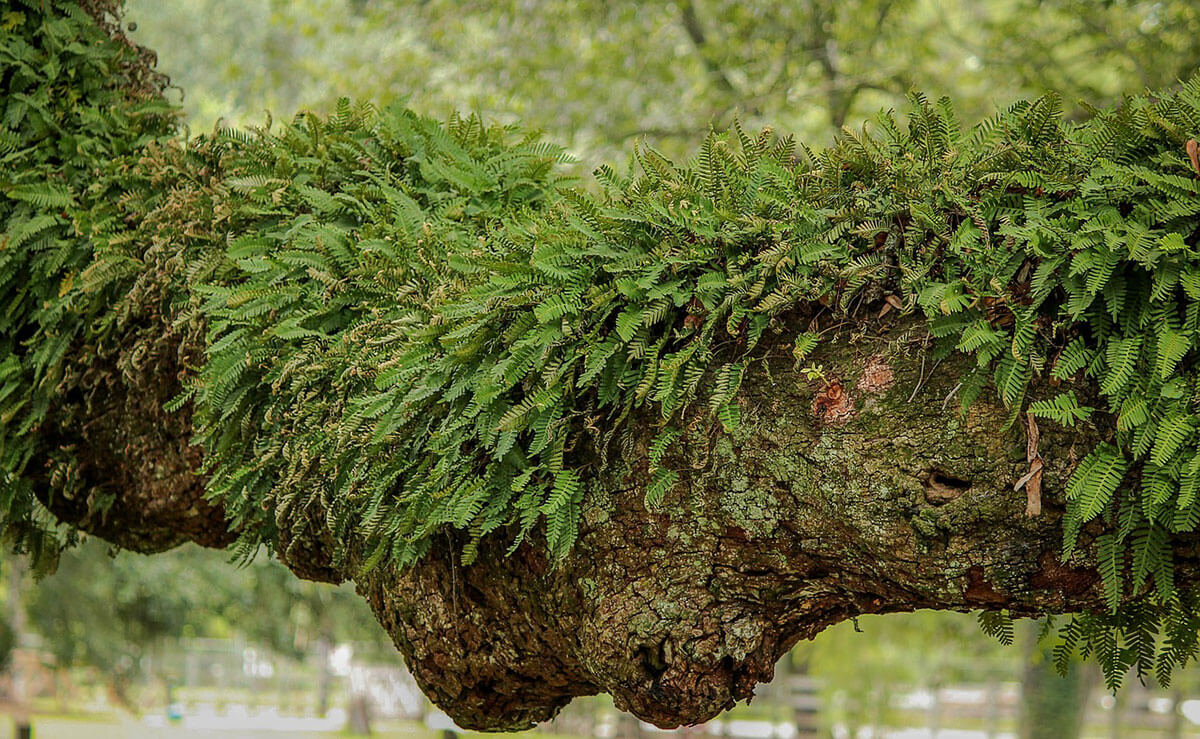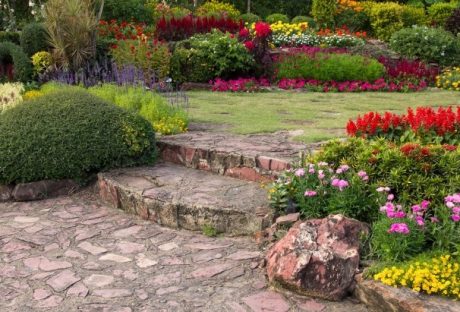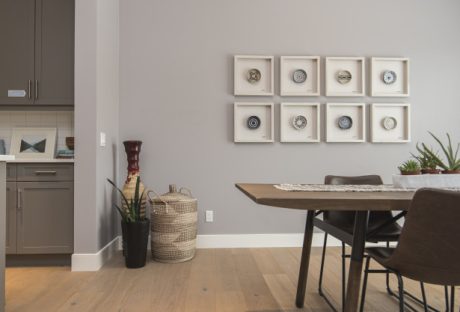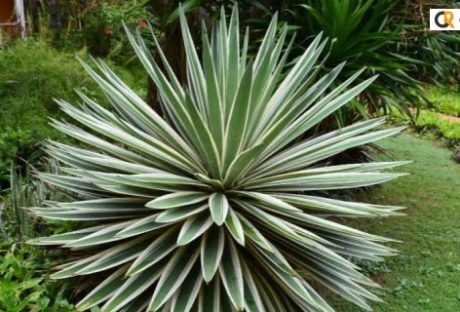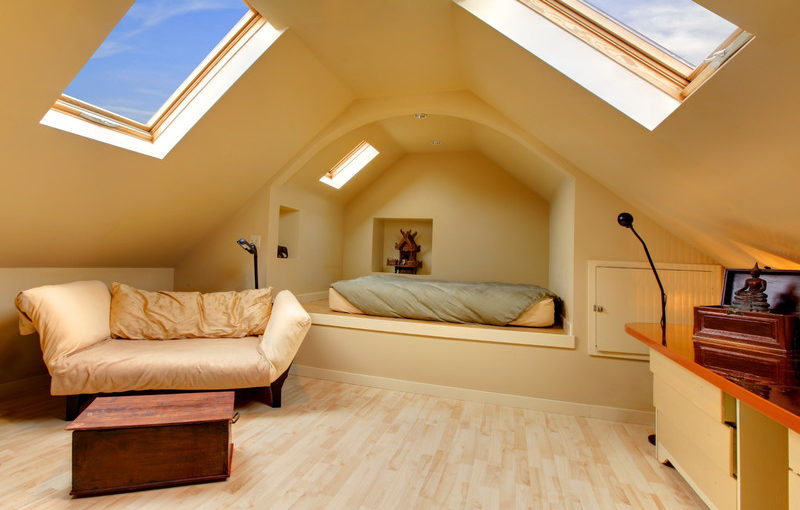Selaginella lepidophylla, or resurrect plant, is a desert plant that belongs to the Spikemoss family, Selaginellaceae. Across the desert of Mexico and the United States, you will find this plant. However, it is considered that the desert of North Africa is the native place of this plant. It is also called the False Rose of Jericho. The creeping stems of this plant grow horizontally, and the leaves are like scale.
What Is A Resurrection Plant?

Any poikilohydric plant that is able to survive extreme dehydration is called a resurrection plant. These plants can survive without water for several months and even for years.
For example, the Rose of Jericho, which is native to the North African deserts, is an example of the resurrection plant. The scientific name of this plant is Anastatica hierochuntica.
Overview Of The Resurrection Plant
| Common Name | Resurrection plant, Rose of Jericho, false Rose of Jericho, stone flower, dinosaur plant |
| Botanical Name | Selaginella lepidophylla |
| Family | Selaginellaceae |
| Plant Type | Perennial |
| Mature Size | 2-6 in. tall, 3-6 in. wide |
| Sun Exposure | Full |
| Soil Type | None needed |
| Hardiness Zones | 10 |
| Native Area | North America |
Some Interesting Facts About The Resurrection Plant
Here are some interesting facts about the resurrection plant that will surely amaze you.
Scaly Stems

These plants have scaly stems that are arranged in the form of a rosette. A few stems that the resurrection plant produces always grow close to the ground. The entire plant covers a diameter of less than only 1 foot. Just like other plants, this plant also uses its roots in order to extract nutrients and water from the ground.
Resurrection plant is a primitive plant that falls between the category of ferns and mosses. You can not see any leaves on the resurrection plant. All you will find are small, scaly extensions of stems that look like junipers.
Absorb Water
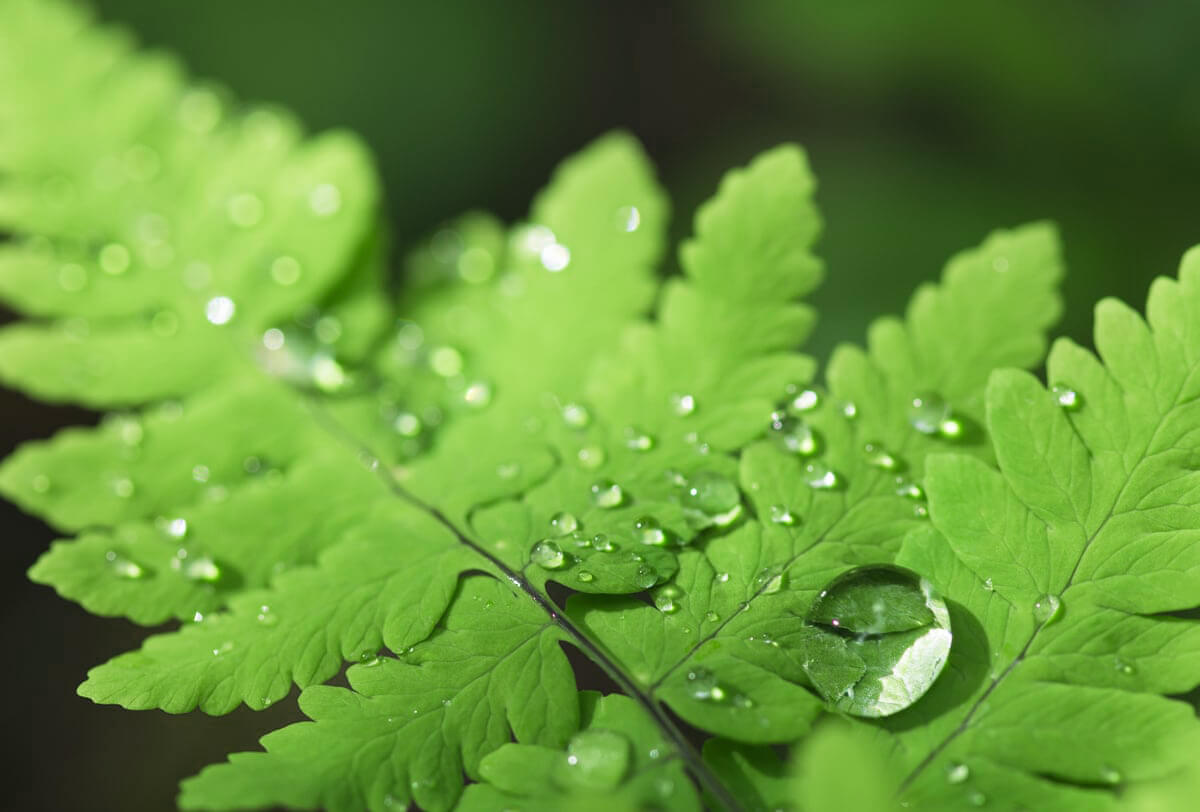
After rainfall, the resurrection plant quickly absorbs the water and enters the phase of rapid growth. As this plant is unable to accumulate water in the roots and stems, once the soil dries out, it also dries shortly. The dry plant curls up into a tight ball with a very small amount of water that is stored in the center.
Though the curled ball looks like it is dead it is only dormant. During the whole period of dormancy, the plant minimizes metabolic activities and can last a few years or till the time of the next rain.
Reviving Ability
Due to its reviving ability, this plant is called a resurrection plant. This plant is able to rehydrate. Once it is exposed to moisture, after a few hours, it unfolds its stem and reactivates its metabolism. After it absorbs the water, the stem starts swelling and unfolds itself. Even if the stems do not have any live protoplast within them, this will indeed happen.
“Siempre Viva,” which is another name for the resurrection plant. The phrase mentioned earlier means “everlasting.”
Reproduce Sexually
Resurrection plants do not produce flowers, fruits, and seeds. This plant reproduces sexually. Strobili, which is a club-like structure and produced via spores. 400 million years ago, this plant appeared on the planet. Most of the ancient lycopods were giant plants.
But as a result of climate change, all of them became extinct. Small lycopods like resurrection plants have managed to survive without any morphological changes till the modern days.
Dinosaur Plant
Another name for the resurrection plant is the “Dinosaur plant” because it has lived side by side with dinosaurs. Tea made from the resurrection plant can treat sore throat and the common cold due to its antimicrobial properties. The resurrection plant is the longest-living plant on earth.
Does the Resurrection Plant Need Soil?
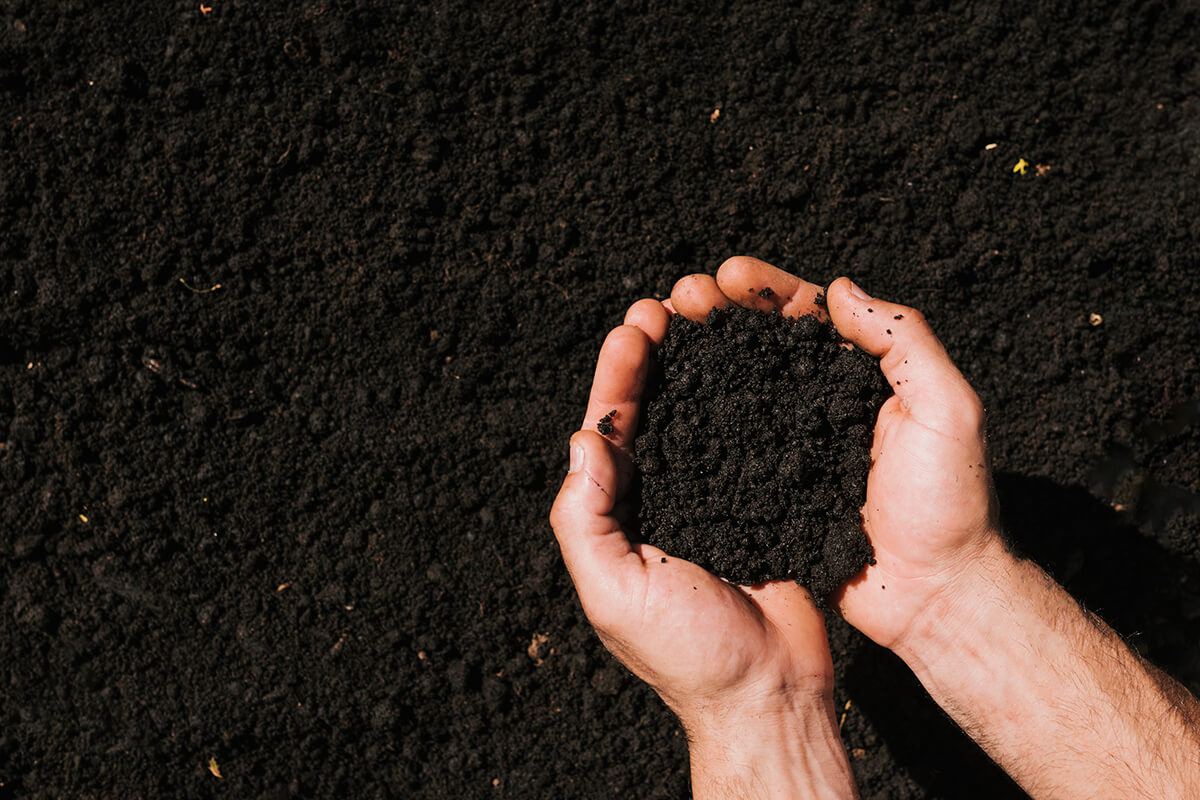
When you will buy a resurrection plant online or from your nearest nursery on the resurrection plant for sale, you will receive a brown ball of dried moss. This brown ball of moss does have roots, but the roots are not attached to anything. So, in order to grow, this miracle plant does not need soil.
Similar to a hydroponic system, when there is no water or moisture for a really long time, the plant will curl into a ball and turn brown with a diameter of around 6 to 10 inches. which generally has a height range of 15 to 35 centimeters. This plant is very convenient in terms of taking care of and growing.
Can a Resurrection Plant Die?
From the earlier discussion, it may be clear that this plant is really hard to kill. You can simply put the plant in the dark corner of a room without water. But once you bring it out and leave it in water, it will get relieved once again. There is one way to kill this plant. That is overwatering. You can leave this plant in water for a few days, and it will start rotting, and eventually, it will die.
How to Grow the Resurrection Plant?
In order to grow and to care for a resurrection plant, all you need are:
- A broad and shallow container that should not have any drainage hole.
- Another wide container that should have drainage holes.
- For spreading at the button, gravel or pebbles.
- Distilled water at room temperature.
- A bright but shady place.
- And lastly, a dried resurrection plant.
Process
- First, fill the wide and shallow container that has no drainage system with water. Do not fill it wholly. Put in two-thirds water.
- Place pebbles or gravel up to the waterline. Now, put the dried resurrection plant on the pebbles. For a completely dry and brown plant, it will take around 3 to 4 hours to turn green.
- Now, take the wide container that has drainage holes and spread the gravel or pebbles upto the level of water. Mix peat moss. Add humus and sand and spread it on the pebbles. Now, place the resurrected plant on the top.
- Do not place it in direct sunlight. Instead, place it in a shady place that has a temperature of higher than 40 degrees Fahrenheit.
- Once you notice the plant is getting brown, continue to water it.
Conclusion
This plant is super convenient for plant lovers who can not afford much time to take care of plants. Due to its relative properties, this plant can come back to life just after receiving water. That is why this brown dry ball of moss is so popular among plant lovers.













